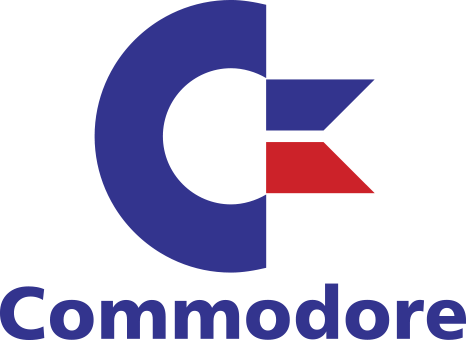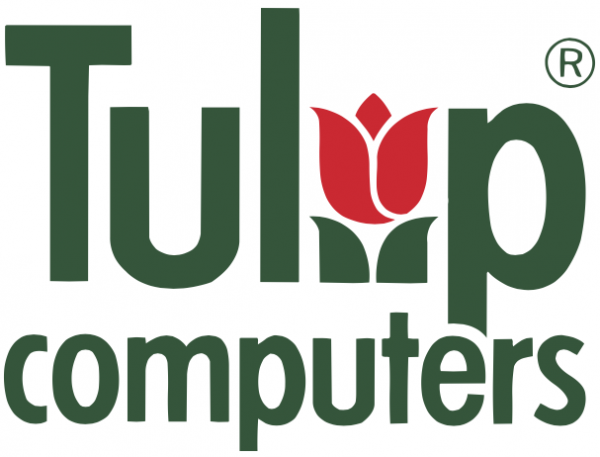Holborn
Until the early 1980s, there were various computer manufacturers in the Netherlands. A very well known one was Tulip computers which at that time was still called Compudata. A lesser known name is Holborn computers. A computer manufacturer that started in Holten and later continued in Enschede. The computer with a design so groundbreaking and futuristic that the first Apple Macintosh in 1984 just made a boring machine.
At the age of 23, Electrical Engineering student Hans Polak became fascinated by computers during his graduation internship at Holland Signaal (now Thales). His internship supervisor Henny Bevers had extensive experience in computer architecture and at the time was specifically focused on Motorola’s microprocessor technology. Polak has learned a lot from him. After graduating, he decided to develop computers together with his friend Dick Gerdzen. The then current IBM systems were extremely expensive and the friends saw a gap in the market for cheaper computers. In September 1979 they founded Holborn Computers. Gerdzen took care of the finances and Polak took care of the technical aspects. They came up with the name Holborn because the company was located in Holten (Holten Born), but when they later moved to Enschede, it also stood for Holland-born.
Holborn had to act quickly to acquire a share of the emerging market. Polak soon realized that developing an entire computer system would take too long, so he hired his former internship supervisor Henny Bevers. In the evening he sketched the first designs at home. In 1979, convinced that the Holborn should not only be a technical masterpiece, but also look good, Polak approached the energetic furniture maker and interior architect Henk Vos (1939-2020).
Unhindered by any knowledge of computers, the man behind Studio Vos designed the housing for the Holborn 9100. The result was astonishing. Architect and industrial designer Ricardo Bianchini, Professor of Computer-Aided Design at the Technical University of Milan, described it in 2019 as follows: ‘The design set the Holborn apart from the other computers of the time. It was a flowing, organic design, very different from the hard, angular shapes of, say, the Commodore PET 2001. The appearance of the Holborn may have been inspired by the classic-modern furniture of the 1950s and 1960s, made of molded polymers, such as the Tulip chair by Eero Saarinen or the Panton chair.’
The PC designed by Henk Vos was launched in 1981. If you compare the Holborn to the first Apple Macintosh of 1984, Steve Jobs’ creation looks prehistoric. Jobs’ keyboard is also very reminiscent of the separate keyboard of the Holborn 6500 from late 1982. The striking comma shape of the separate keyboard by Vos can also be seen decades later in Apple’s first wireless keyboard.
The Holborn computer system had to be multi-user and extensible. Holborn called her first system the growth computer. The system consisted of a 9100 system cabinet (server) and 9120 terminals. Later, the slightly cheaper 7100 for 1 or 2 users was also added.
The HOS operating system, also self-developed, came from ROM. Applications could be started from a floppy disk. Competition in the business market was fierce, especially software running on CP/M. This was also seen by Holborn and they developed the 6100 series. It could run CP/M without any problems and was a stand-alone computer.
Holborn supplied custom computers and remained cheaper than the major suppliers. However, the small company in Enschede was no match for IBM, which stormed the market. Turnover was disappointing and Holborn remained dependent on external financial resources and subsidies from the Overijssel development company OOM. Ultimately, no more than 200 of the Holborn 9100 and its successors were produced. Holborn was declared bankrupt on April 27, 1983, but thanks to the brilliant design of Studio Vos, Hans Polak’s computer has never been forgotten and continues to inspire designers



